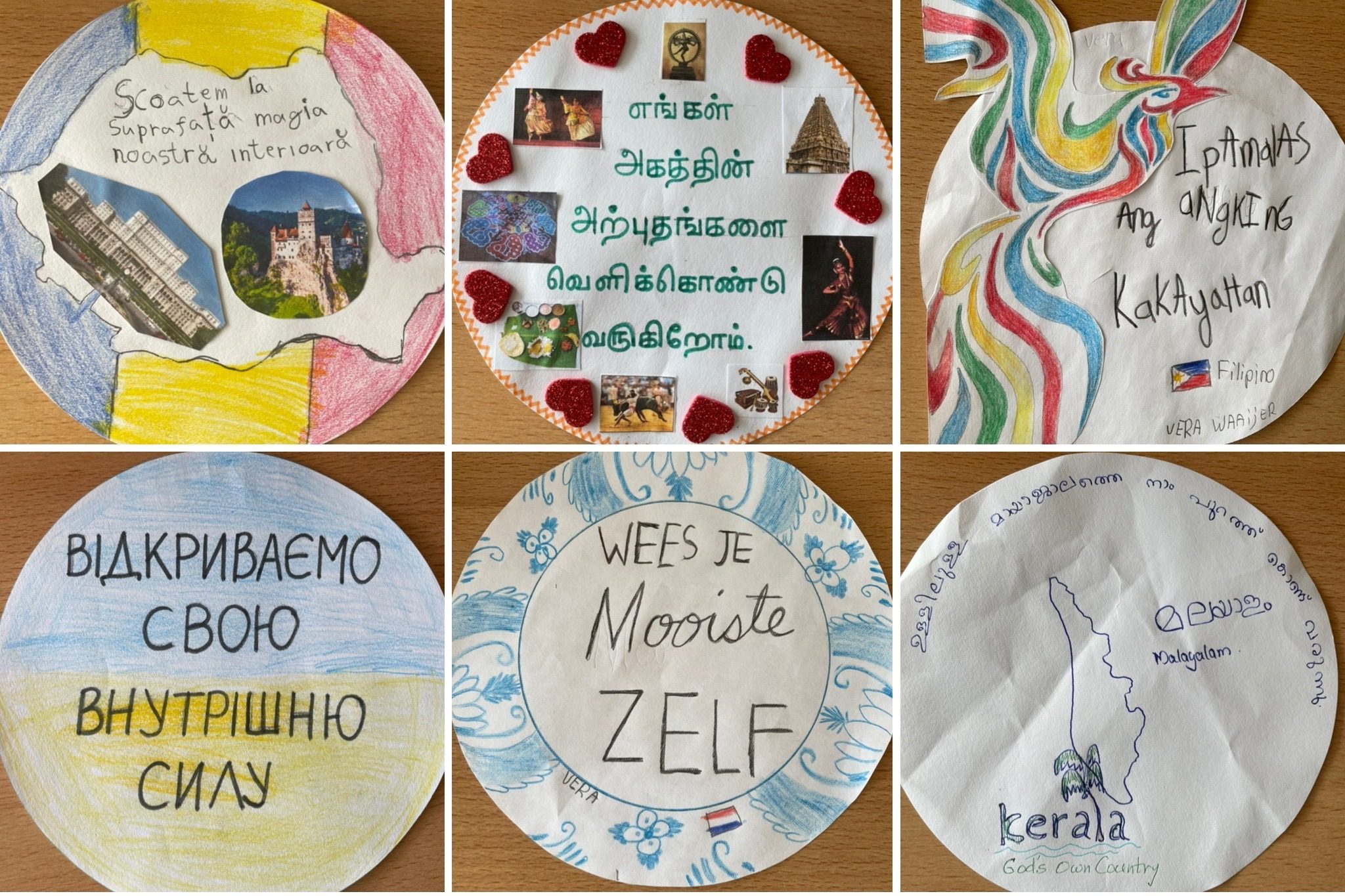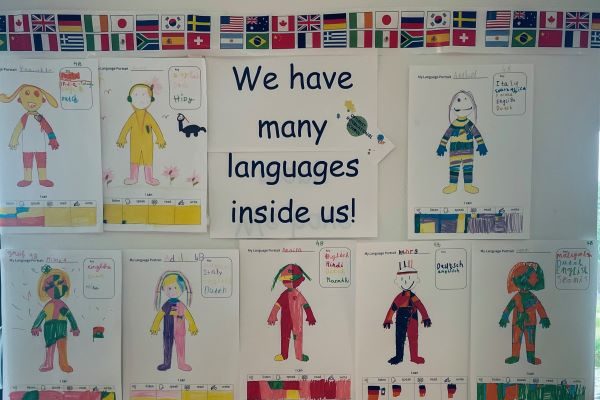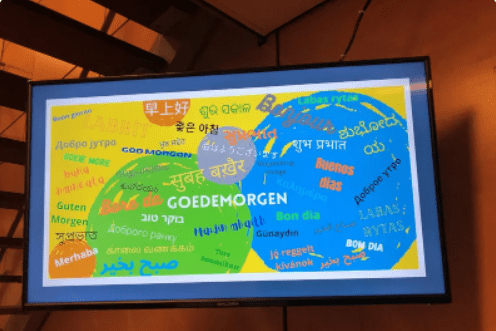
Multilingualism at OIS
Language is the way we express who we are, what we want, our culture, our sense of humour, our worries, our knowledge, our everything. Language and culture are very important at Optimist International School (OIS).
By Valentina Spyropoulou, Multingual Learning Specialist and Teacher Group 6
Making languages visible
At OIS, we believe that creating a safe and stimulating environment, a place where all children feel they belong to our community and are free to explore and take risks, is key to a child’s overall development, both academically and personally.
Although the main language of instruction is English, at OIS, we always work on welcoming and including all the languages of our students and staff, in all aspects of school life.
How do we do that? We constantly reflect on our practices on how to make them more language inclusive and how to make our languages visible. We are currently updating our policies and school vision to reflect our attitude towards multilingualism. Below are some examples of how we include languages in our school.
Technology, software, and translation tools
The google translate app is installed on all devices and students are shown how to use the text, photo and audio option these Microsoft word and Power Point also have built in translation tools that allow immediate translation. Translating a paragraph or whole document only takes 2 clicks!
Children can use their chosen language in class
We work alongside our specialists to assist the development of all languages. We also try to assess knowledge and skills, regardless of language; children are allowed to use their chosen language to produce their work and / or conduct research; the children are trained to use many different translation tools for this. We then use translation tools, or other expertise to decipher skills and language development levels.
Languages are visible everywhere in the school
Therefore, languages are visible everywhere in the school; in classes, in the corridors, in children’s work; bi-, multi-lingual resources and materials, bi – multilingual work produced by the children, songs in different languages, and discussions about the co-relations amongst languages are only some of the ways multilingualism is prevalent in our school. Additionally, our library includes a constantly growing collection of multilingual books.

Language Friendly School
We are a certified Language Friendly School (LFS). Language Friendly Schools are schools that have developed a language plan involving all members of the school: students, teachers and staff. One that is adapted to the school’s own needs and aims at creating an inclusive and language friendly learning environment for all students. Within our role as a LFS is also to connect with other LFS around the world, to share knowledge or co-create projects.
We are also proud to be part of the Erasmus + KA2 project ALCOR. As described on their website: The Erasmus+ KA2 project ALCOR aims to build relationships between teachers and parents through digital multilingual learning.
We are very happy of what we have achieved so far and continue to ensure language development and inclusivity happens in every chance!
More articles about multilingualism:

